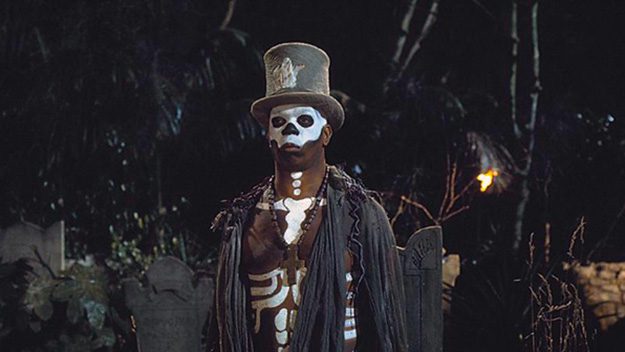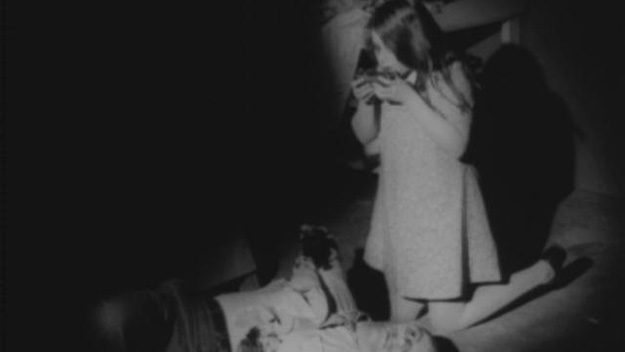In the contemporary world of artistic creation, literature, film, and film are intertwined with countless fictional creatures, such as video games, all crafted from the imagination of humanity to captivate audiences. In the article series “The Origins of Various Creatures,” we will explore their roots, unique traits, and the evolution of each type. This time, we will delve into a particularly popular genre within horror fiction: “Zombies.”
Nowadays, everyone seems to understand the basic characteristics that constitute a zombie through their depiction in movies, with the series “The Walking Dead” being a prominent example. Generally, zombies are characterized as brainless creatures that act on instinct, driven primarily by hunger, and their primary goal is to consume living beings.
Although the portrayals of zombies are predominantly similar, they are not the only form of these creatures present in popular culture. Over the years, countless variations of zombies have been created, with the most significant strength of these creatures in horror fiction being their versatility.
The distinction of zombies lies in their origin, which stems from the darker aspects of our world. The creatures that often appear in films, comics, or video games are usually fictional interpretations, often drawing from folklore and myths across various cultures, particularly European fairy tales. However, zombies as we know them today are entirely different, rooted in the concept originating from Haiti.
While zombies are often described as a product of voodoo practices by Haitian practitioners, it is important to note that they are not officially recognized in that context. Instead of being created or induced by the clergy (known as houngan and mambo), zombies are said to be brought forth by a bokor, a type of sorcerer skilled in malevolent magic. The Haitian zombies derive from living corpses through the sorcery of bokor, with the purpose of maintaining control over their victims.
Emerging from Haitian culture, the concept of zombies also serves as a compelling intersection between local beliefs and the practices of ancient religions brought over by African slaves. The essence of this concept signifies what they represent: if we think of the zombie image—a creature devoid of consciousness, neither alive nor dead, stripped of its essence, embodying the plight of the oppressed—this represents a metaphor for human suffering.
Through various notable books, the concept of zombies has evolved, acquiring a more national identity compared to many fictional works that depict zombies as mere mindless minions for voodoo priests. Although they are primarily a Caribbean phenomenon, zombies have gained immense popularity among Europeans and Americans, with their characteristics surfacing in the works of Edgar Allan Poe, H.P. Lovecraft, and Mary Shelley’s “Frankenstein.”
However, zombies have not always been utilized as extensively in the years prior, but it wasn’t until the late 1960s, with the film “Night of the Living Dead” directed by George Romero in 1968, that they emerged as one of the most recognized horror creatures in popular culture. This iconic film elevated the zombie concept to new heights, creating a lasting impact that continues to resonate today. Romero’s “Night of the Living Dead” and all subsequent zombie films he directed challenged societal norms, addressing serious issues through the lens of horror, such as racial discrimination and class struggle.
From George Romero onward, the concept of zombies transitioned into a new realm, continuously transforming to include faster zombies in “28 Days Later“, comedic zombies in “Shaun of the Dead“, to emotional and sentient zombies in “Warm Bodies“. All these films adopted Romero’s approach, using zombies as a means to explore deeper societal issues that extend beyond mere survival against the undead.
However, not all horror narratives revolve solely around societal concerns; another vital aspect is the natural composition of these creatures. Zombies, regardless of their speed or intelligence, created through magic or science, all share a common trait: they are dead. They may not be “living” in the traditional sense, but they bear the likeness and decay of a deceased human, and the concept of death looms over all living beings. Whether swift or slow, death is an inevitable reality, and it will come knocking even when we least expect it.
According to Geek
























